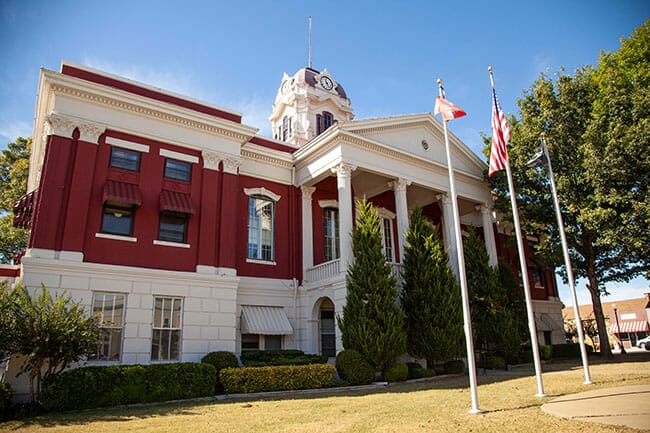

Uh oh...
It appears that you're using a severely outdated version of Safari on Windows. Many features won't work correctly, and functionality can't be guaranteed. Please try viewing this website in Edge, Mozilla, Chrome, or another modern browser. Sorry for any inconvenience this may have caused!
Read More about this safari issue.

It’s rare to find youth programs that have a one-hundred-year history and are still serving kids today. Since 1908, Arkansas 4-H has helped generations of kids grow in a variety of ways through hands-on, active learning.
It all started in Arkansas when 65 boys banded together to form the White County Corn and Cotton Club in 1908. Shortly afterward, the girls formed their own canning club. Across the U.S., corn, tomato and other clubs formed in waves as young people looked for ways to bring their formal education and agricultural backgrounds together. Jessie Field Shambaugh, from Iowa, designed a clover leaf pin in 1910 representing the head, heart and hands of the clubs she led. The last H was added on for the home first, and then switched to health. The idea caught on so quickly that by 1912, many clubs had adopted the 4-H name.

In 1914, the Cooperative Extension System (CES) of the United States Department of Agriculture was created. The CES partnered with land-grant universities to offer non-formal higher education and training to farmers, ranchers, youth, families and communities across the U.S. in Arkansas. The CES is part of the University of Arkansas Division of Agriculture and has offices and educational programs in all 75 counties in the state.
When the CES was created, the USDA also nationalized the 4-H program. In the early years, 4-H focused on programs that taught farm skills, cooking, animal husbandry and other rural development skills. At this time, over 50% of the population in the U.S. lived in rural areas, with 30% of those families in farming.

During World War II, 4-H clubs had active roles in helping their families and communities increase food production, often accomplished through family victory gardens. Total food production in the U.S. increased each year of the war. By 1944, food production had risen 38% above the average in the late 1930s.
After World War II, 4-H offered youth the ability to compete locally, regionally and nationally in contests from baking to raising animals. As the population shifted to more urban areas and the number of farming families declined, 4-H changed to encompass more programs that would appeal to children in cities as well as rural areas. Today, 4-H clubs exist in every state. In Arkansas, there are 4-H clubs in all 75 counties.

4-H in Arkansas today is a diverse club system. Each county adapts its club to the needs of its young members. In White County, 4-H members can participate in bakeoffs, talent and fashion shows, ATV education, photography, shooting sports, horse and cattle clubs and vet science clubs, and more.
“The beauty of 4-H is you can do as little or as much as you want,” says Amy Heck, a White County extension agent responsible for 20 clubs. The clubs start at age five and go all the way up to age 19 and are always free. Clubs involve at least six children within their age group and two adult volunteers. Club meetings always have three components: business, education and recreation. Amy spends a portion of her time presenting educational programs that teach life skills to club members.

Outside of their club meetings, members can participate in a range of other activities. One of the most traditional and popular in White County is the bake-off. Members choose to make sugar cookies, biscuits or cornbread and compete for the best baked good. The dairy contest is also popular, with members choosing which recipe they want to make using dairy products. White County winners have the chance to compete in the state contest.
Another popular program is the Poultry Chain Project. Members receive 15 one-day-old chicks in March that they raise throughout the summer months. In September, they choose their three best chickens to show at the White County Fair. While raising their chickens, club members keep records of their birds and learn how to be responsible for them, making this a fun but important lesson in life skills.

“The biggest misconception about 4-H is people think they have to have livestock,” Amy says. While White County, and many 4-H clubs in Arkansas, maintain these traditional agricultural-based components, they also offer programs to reach kids who want hands-on learning outside of 4-H’s more traditional programs. “We have STEM programs like robotics, forensics and technology,” Amy adds.
Another fun and popular program for White County 4-H members is the Wildlife Habitat Evaluation Program. Open to members ages nine and up, kids can compete as teams or individuals. They are responsible for learning how to identify animal tracks, hides and pelts, learn the habitat of specific animals, and the foods these animals consume. Older 4-H members may also create a wildlife management plan. The habitat evaluation program helps members understand what goes into conserving and managing Arkansas wildlife, one of the state’s best natural resources. “Kids really enjoy it and excel in this area,” Amy says.

Though the county clubs are the best place to get started, members can also participate in programs that compete at the state and national level. 4-H also focuses on leadership training for members. Another unique aspect of the program is the 4-H record book. When a member joins, they can choose a project to focus on and track that project through their years as a club member. Amy tells her club members, “It’s usually something you’re already doing and really want to learn about.”
For example, a member can choose to focus on raising pigs. She will keep a record of the number of hours she spends each day caring for the animals, how much food costs, and how much they grow. The record books are turned in at the end of the year (which runs Oct. 1 to Sept. 30) and judged at the county, district and state level. Members can win awards for their record books. Record books are kept over multiple years, and state winners are nearly assured of being awarded a 4-H college scholarship.

Interested youth and adult volunteers can find out more about joining a club in Arkansas by visiting the University of Arkansas Cooperative Extension Service website or contact their local county extension agent. 4-H.org also has information on what’s going on in 4-H clubs around the country.
Photos courtesy of White County UA County Extension/4-H and used with permission.
Join the Conversation
Leave a Comment
2 responses to “Head – Heart – Hands – Health: 4-H in Arkansas”
 Leave a Reply
Leave a Reply
We do the work.
You check your email.
Sign up for our weekly e-news.
Get stories sent straight to your inbox!
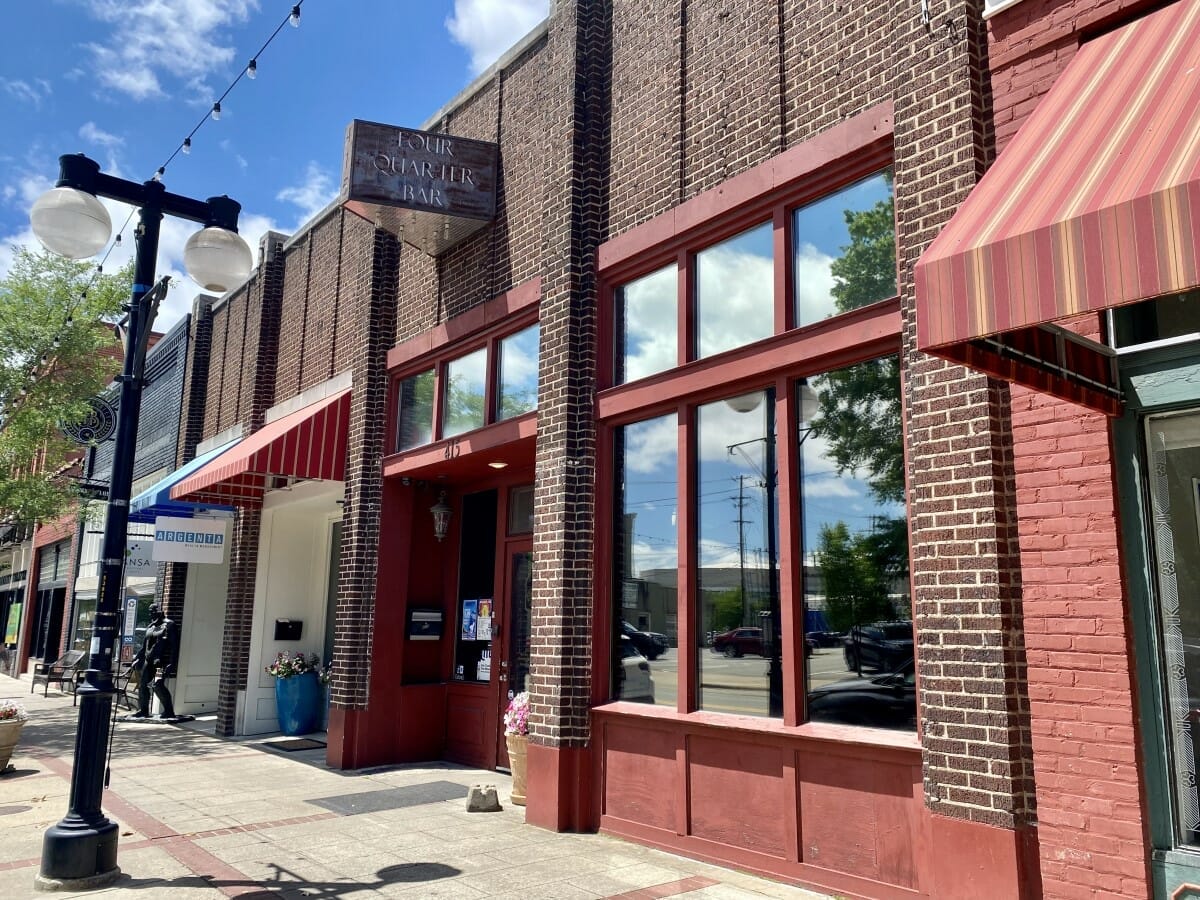

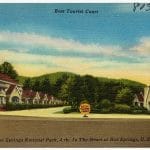



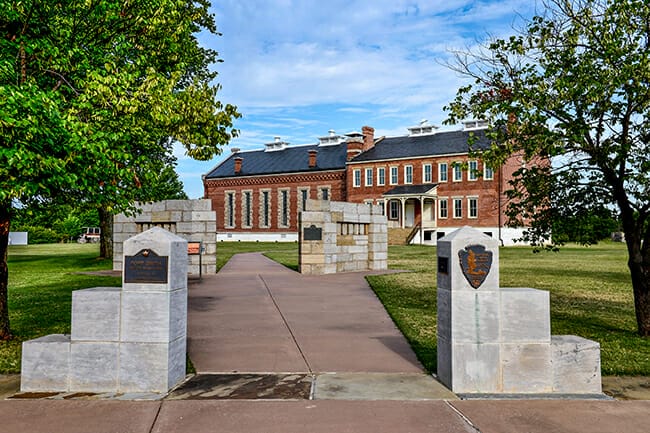

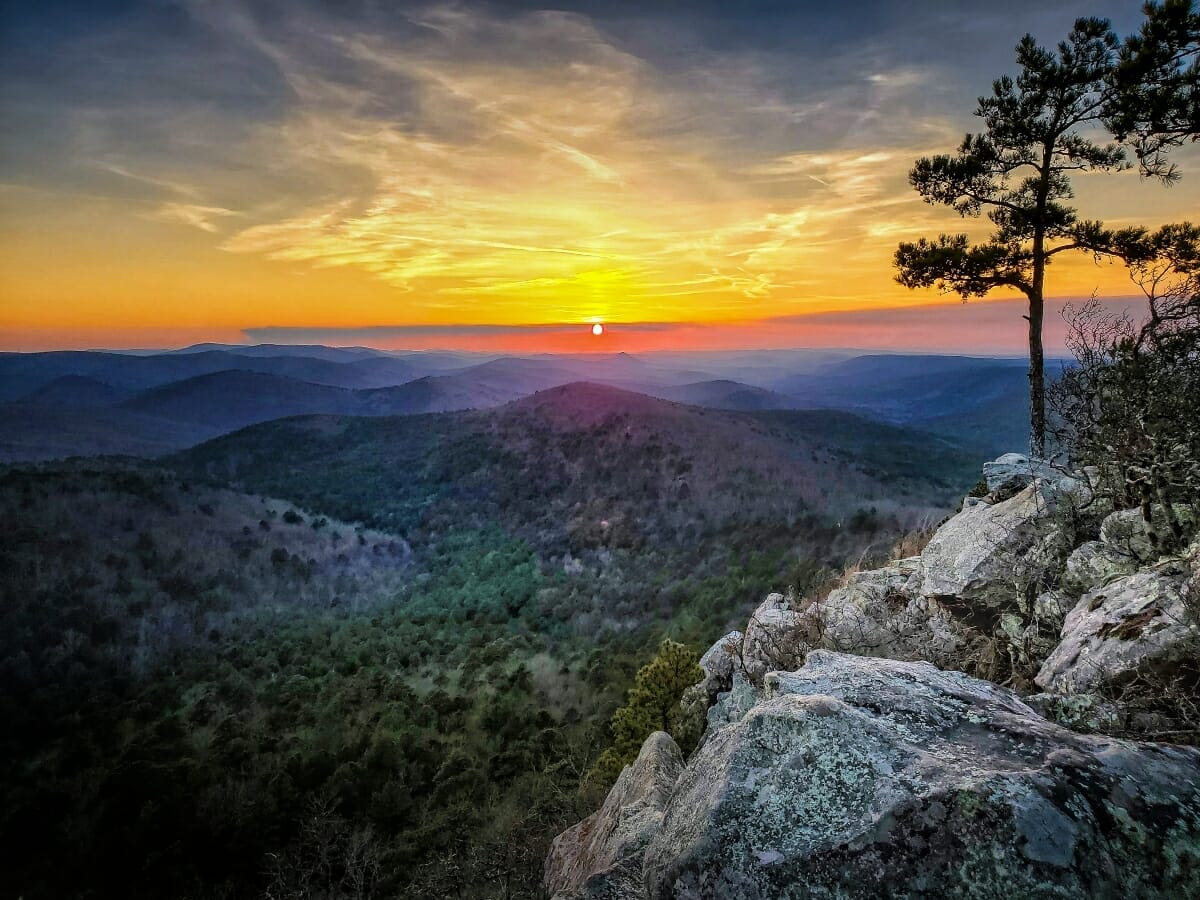

 Leave a Reply
Leave a Reply
[…] also have a few Ayrshires mixed in with the herd. The red and white cows are the result of a 4-H […]
[…] of Agriculture, Cooperative Extension office in every county in Arkansas, and they coordinate the 4-H youth development program. The 4-H programs are successful because they utilize volunteers, so get involved, become a […]